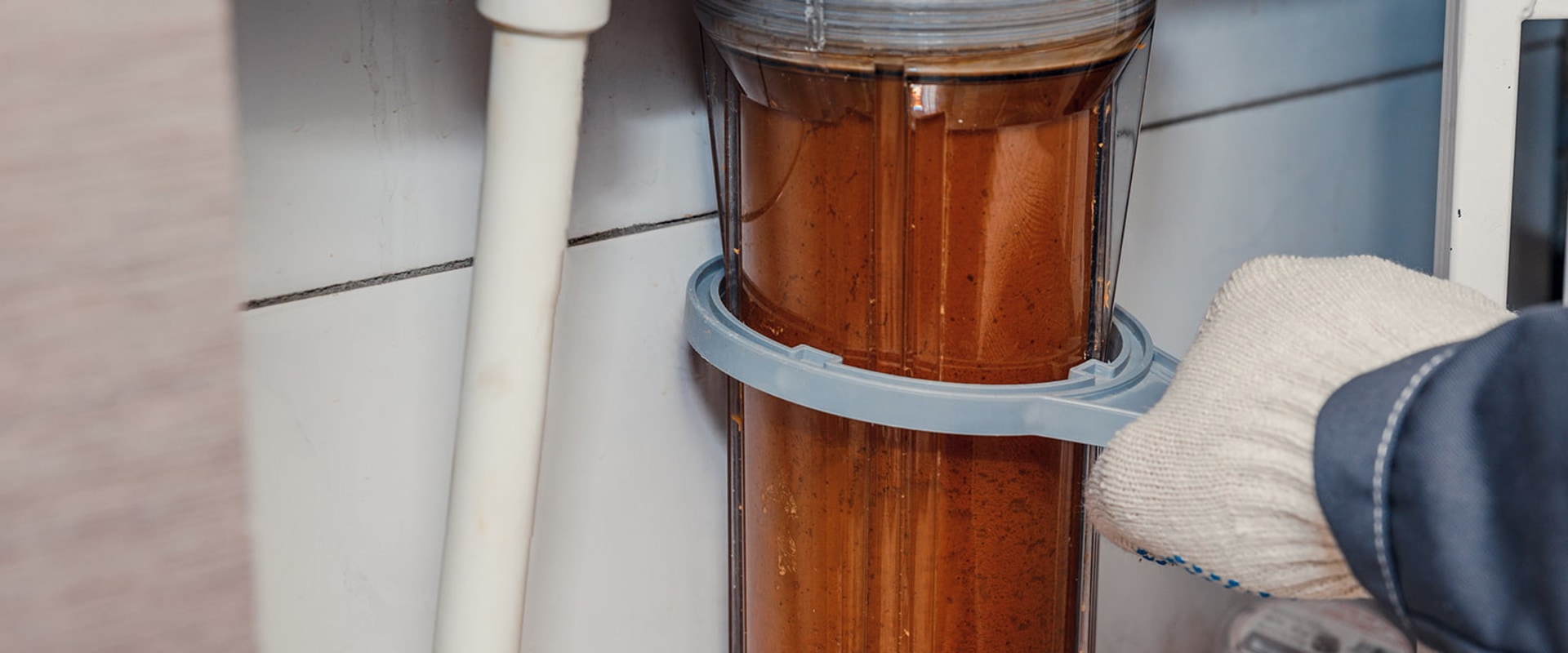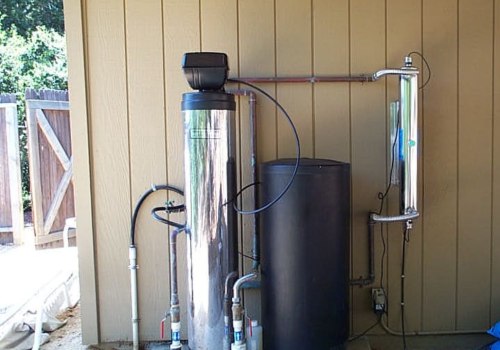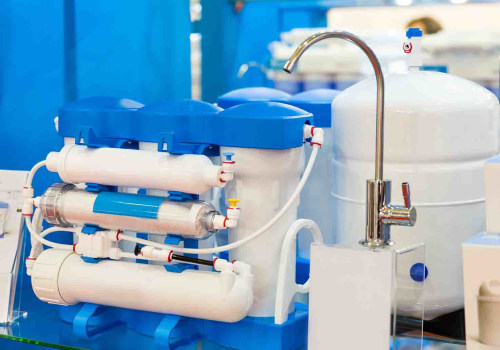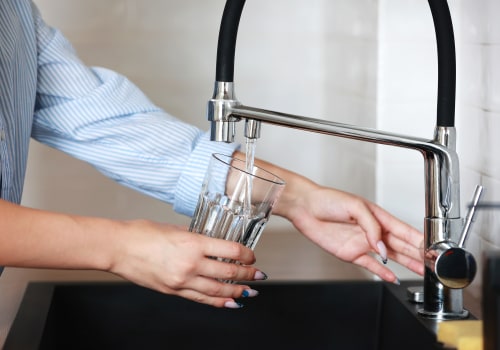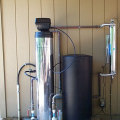Replacing a damaged water filter is the first step in maintaining your under-sink or whole house carbon filter-based water filtration system. If the filter looks dirty, clean it according to the manufacturer's instructions. If you have multiple cartridges in the system, the first cartridge is the sediment filter. To remove it, turn the cartridge housing to the left to loosen it.
Carefully remove the case, as there will still be some water left inside. Pour out the remaining water and rinse the housing if there is still sediment on the bottom. Wash it if it still looks dirty. Check the O-ring on the top of the housing and clean it if necessary.
Place the new sediment filter inside the housing and screw the housing back to the bracket. Tighten it until it fits tight, but not so tight that the O-ring is overcompressed. The average lifespan of a water filter for under the sink is 6 to 12 months, so you'll need to replace your filters roughly once or twice a year. If you have poor quality water, you may need to replace your filters more frequently as they will become clogged with contaminants at a faster rate.
Whole-house filtration systems have a much longer lifespan, up to 10,000 gallons or more. To determine which system is best for you, consider what's in your water, your budget, and what you want your filter to achieve. When installing a new water filter system, check the user manual to see how long each of the filters lasts. To maintain a whole-house system with an open sump, open the faucet that connects to the water system and let the water out. Dip a bottle brush into a chemical disinfectant solution and use it to clean the inside of the membrane module, filter housings and dispenser faucet. If you just want cleaner drinking water, a whole-house system probably isn't your best investment and you should focus on a POU (Point of Use) filtration option instead.
The worse your tap water quality is, the more contaminants will be removed from it which will clog up your filter medium more quickly. Whole-home filtration systems are ideal for homes that have an influx of sediment in their water as they prevent internal damage to pipes and slow down appliances that consume water. Regularly replacing your filters is an easy way to keep your system running smoothly and ensure that you're getting clean, healthy water for you and your family. It's important to remember that different types of filters have different lifespans and need to be replaced at different intervals. For example, sediment filters need to be replaced more often than carbon filters. When replacing your filters, make sure you use ones that are compatible with your system and are certified by NSF International or another reputable organization.
This will ensure that they are effective at removing contaminants from your water. Maintaining your under-sink or whole house carbon filter-based water filtration system doesn't have to be difficult or time consuming. By following these simple steps and replacing your filters regularly, you can ensure that you're getting clean, healthy drinking water for years to come.
